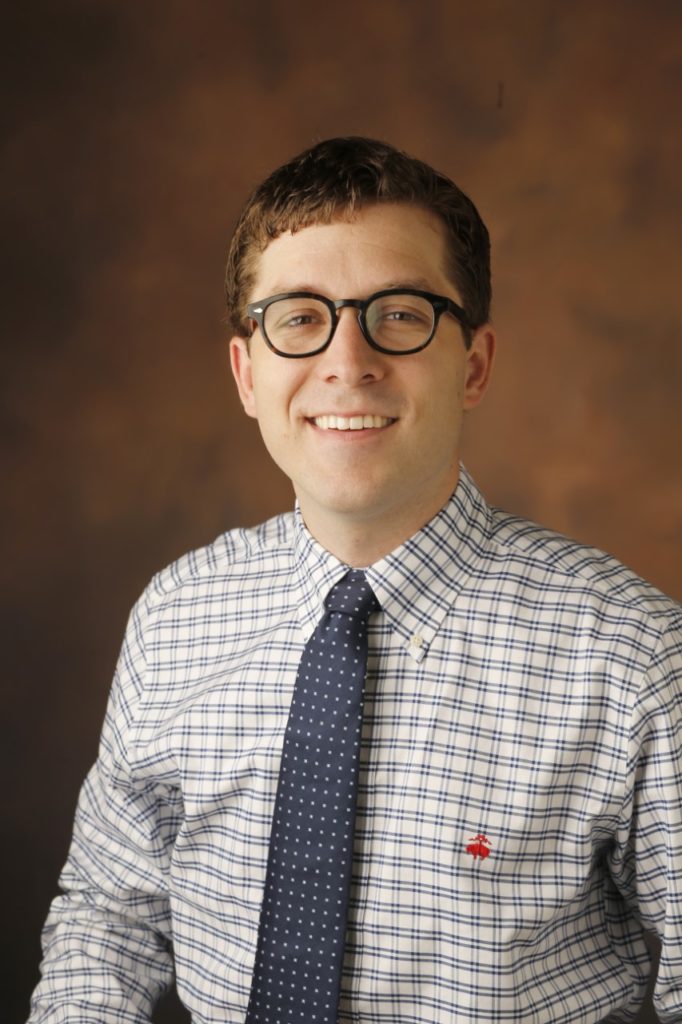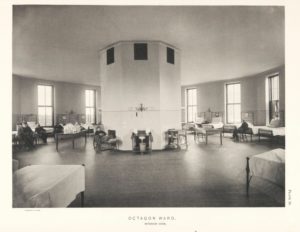Takeaway
A patient care team performs best when all voices harmonize and creative approaches are applauded.

Lifelong Learning in Clinical Excellence | May 11, 2020 | 3 min read
By Chase Webber, DO, Vanderbilt University Medical Center
“I’d like to run this new admission by you, if that’s OK. I’m worried about him. Can we go back and see him together?”
In the middle of a busy admitting day, our team’s resident asked for help. Even as more admissions and the call for early discharge and efficiency beckoned, she didn’t let “busyness” get in the way of patient care. Her words highlighted two of the greatest luxuries that clinicians have in medicine: the chance to go back and re-examine, and the ability to lean on team members in moments of uncertainty.
The patient was a 76-year-old male with Alzheimer’s dementia and Type 2 Diabetes, recently discharged with a PICC line and planned to receive IV Zosyn for bacteremia. The patient’s family became deeply concerned when they noted progressive fevers and lethargy for several hours and brought him in for evaluation. While the initial workup suggested sepsis, the source was unclear. Our team arrived at bedside and constructed a differential diagnosis ranging from common and straightforward diagnoses to more obscure causes of metabolic encephalopathy.
The most effective teaching teams share a certain tacit understanding, akin to neurons firing on different sides of the brain. While medical education remains focused on content and competency acquisition at the individual level, learners in teams practice contextual and collective competency. Medical students who work in pairs are not only more confident, but also less likely to commit diagnostic errors than those who work individually. This form of actualized learning approaches expert performance, in the way that a group of concert violinists or chess masters performs expertly. What begins as a call and response finds its fulfillment when team members are “in tune” not only with each other, but with their patients.
How can we help learners achieve this state of performance at every turn?
Perhaps by examining one of the most time-honored traditions of medicine—rounding. Common wisdom holds that the history of rounding dates to the time of Osler, who made rounds not only grand, but emphasized the patient as the perpetual focal point of medical education. Indeed, the Octagon Ward at Johns Hopkins Hospital serves as a physical testament and reminder of this history.

But like much in medicine, the search for an answer leads to a deeper story. 1,600 years earlier, during the time of Galen, the Roman temple dedicated to healing in Pergamon featured a round orientation whose circular design “allowed the patients to walk in a never-ending procession.” The temple in Pergamon itself drew inspiration from The Pantheon—a noble classical lineage that remains intact and reborn today each time a team of physicians-in-training walks together with their patients.
Medicine is like music
Medicine, practiced expertly, is like music. It challenges us to broaden our minds and hearts. Three miles down the road from Vanderbilt University Medical Center in Nashville stands a legendary music venue: The Bluebird Café. In this small, unassuming “listening room” located in a strip mall, live music is the nightly special. But it’s not just any live music. At The Bluebird, a unique format known as “In the Round” features the “heroes behind the hits,” where three select songwriters alternate between singing lead on their own songs and playing backup and rhythm support as the others take the mic. Each writer in turn shares her unique voice and the story behind the song. These are masters of their craft bringing only their best, seven nights a week. You may not recognize the songwriters by name. But just wait for the first notes of the music, that initial melody and verse, and suddenly something special happens—those in the audience not only listen to the music, but experience a creative union of songwriter, story, and song.
Perhaps we need to redefine rounds to be more like a musical round—where each team member’s voice is not only heard but recruited into a whole greater than the sum of its parts. In this “musical” or creative form of rounding, interdisciplinary collaboration is valued above all, and at its center is the patient. In the case of our patient with sepsis, our team was able to clinch the diagnosis of occult fungemia days before his blood cultures turned positive. By heeding the resident’s call of concern, our team activated a heightened frame of mind that experts call intuition. For both ourselves and the patient, arriving at an accurate diagnosis was music to our ears.

